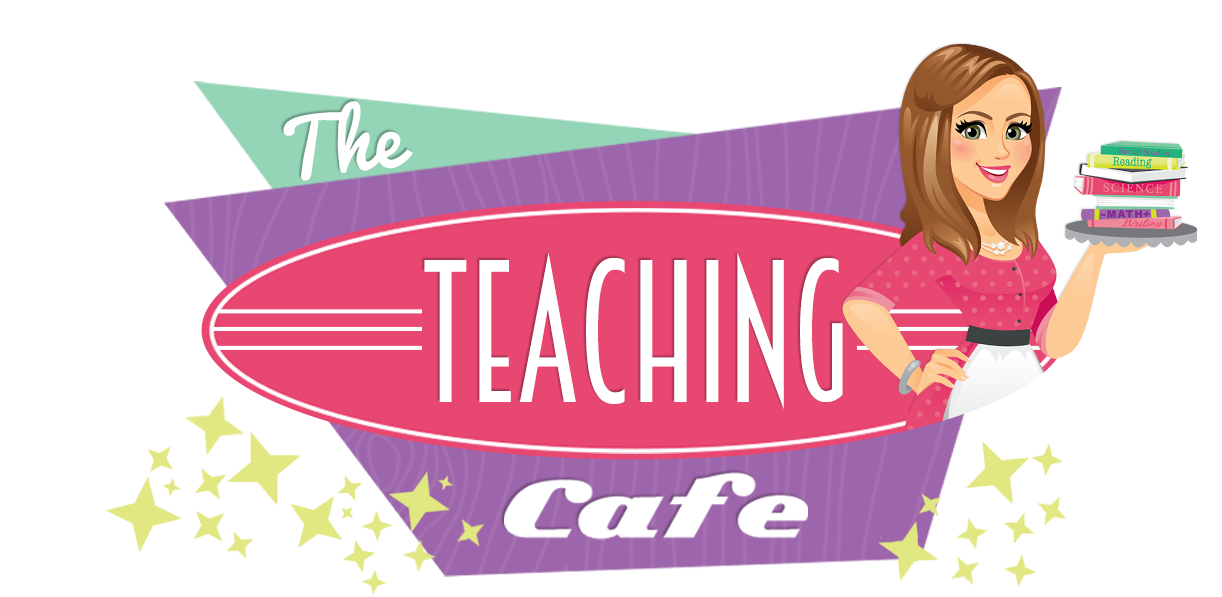Feedback is a powerful tool,
which can strengthen the learning experiences of all of your students. In fact, when you regularly provide students
with feedback, you will find they actually begin to ask for more of it! Imagine that…students longing to know how they can improve their work! Sounds like a dream, right?
Feedback comes in many forms,
including verbal, written, and rubric styles.
It can be communicated through a variety of delivery methods, such as
through teachers, peers, and even family members. By providing valuable feedback on learning
activities, students are made aware of what their strengths are, and the skills
in which they need further instruction or practice in. To gain more interest at the beginning of the
school year, I tell my students that feedback and rubrics are the “cheat codes”
for improving their learning. What
student doesn’t like a video game reference, right?!
Now that you’ve got them hooked,
choose creative ways to deliver student feedback. One of my favorite feedback activities brings
in an element of mystery, which makes it highly engaging for students. This Mystery Feedback Activity can be used
with math problems, written responses, essays, visual presentations, such as
PowerPoints or Prezis, or even verbal projects that have been video recorded,
in which students have the opportunity to replay the video (i.e. speeches,
presentations, verbal book reports, etc.)
Here’s how the Mystery Feedback Activity works…
1.
Record individual feedback on an assignment
that your students have participated in.
I like to be specific with this feedback, as it will make the activity
more valuable. Be sure that this
feedback is written on an area that is separate from the assignment, such as
the bottom of the paper, on a sticky note, or typed out on an additional paper,
as the feedback will be separated from the student work samples during this
activity.
2.
After completing all of the
feedback, look back through student work, and choose 4-6 examples that cover a
variety of student successes, errors, and misconceptions. For example, for an opinion writing
assignment, you may choose examples that do not state a solid claim, are
missing evidence from a text, have solid evidence, but are lacking in
elaboration, are complete and well-supported, and are well-written, but include
many grammar errors. You want to utilize a variety of examples from which all
of your students can learn and grow from.
3.
Now, you will want the 4-6 pieces
of feedback separate from the student assignments. If you wrote feedback on
their actual work, then you will need to cut it off. I like to make copies and then cut them apart
so that the originals are intact and they act as the “answer keys”. Make enough sets of these for small group collaboration.
4.
In small groups, your students’
task will be to match each piece of feedback to it’s corresponding assignment. To
begin, tell your students that they have taken on the role of Mystery
Detectives. I love to have them actually
put on their detective hats and shine their magnifying glasses (imaginary ones,
of course) to get them into character. Have
each group select the reader of the group.
This student should be responsible, loud, and clear, as he/she will be
reading or presenting each piece of work.
5.
Give each of the remaining
students 1-2 pieces of feedback. Have
those students read the feedback, silently to themselves, prior to the reader presenting any work. This way they will be familiar with the
feedback and be looking/listening for the work that corresponds to it.
6.
Next, the reader will
read/present one of the work samples. If
students believe that their feedback matches the work, then the group will have
a discussion about it and come to an agreement.
There may be multiple students who feel that their feedback corresponds
to the work sample, so they must have a deeper conversation about which
feedback is appropriate and why. Be
sure that students are explaining WHY the feedback goes with the work samples,
as this is the most powerful part of this activity.
7.
After students have matched all
of the work samples with their feedback, engage in a whole group discussion to
reveal the answers, and speak to why those students received that
feedback.
As an
extension lesson, students could improve each of the work samples using the
feedback provided. This is an effective
way for students to apply what they have learned through this activity!
Now that your
Mystery Detectives have solved this Feedback Mystery Activity, see what other content
areas you can challenge them with. I
would love for you to share your experiences!







No comments
Post a Comment